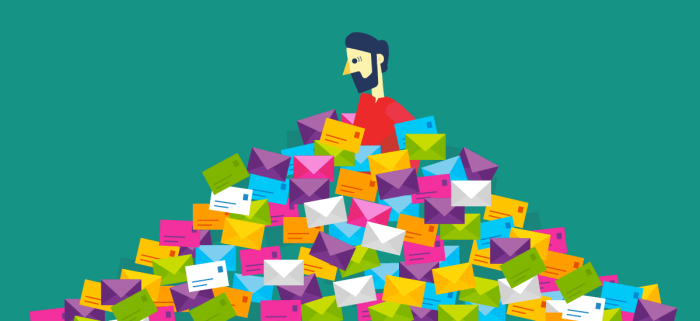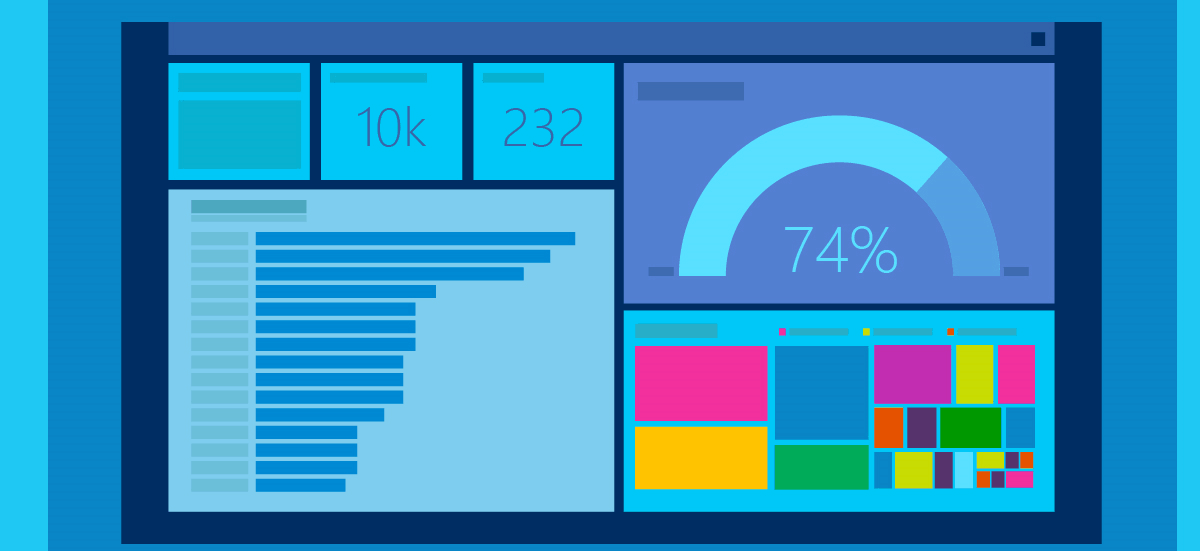Microsoft offers up some productivity tips for making email more efficient
3 min. read
Published on
Read our disclosure page to find out how can you help Windows Report sustain the editorial team Read more

For years now, companies have tried to do away with the seemingly antiquated form of communication that has become email. Services such as Slack, HipChat and even Microsoft’s own SharePoint have attempted to chip away at the necessity of email but most companies are ultimately augmenting their use of modern chat with support for email as well.
Perhaps the negative connotations surrounding email aren’t the fault of the medium but rather how it’s being managed, at least that is what the team behind Office believes.
The folks behind the Office Blog feel that building in analytics tracking into inboxes can help increase user efficiency when using email while also shedding poor performing behaviors that ultimately make navigating an inbox much less of an issue.

Most individual employees use email as an information dump and as such, managing a landfill of appointment request, attachments and carbon copy replies can often feel daunting and flat-out overwhelming. Thus the firm push for alternative forms of communication and information transfer that have created a multi-billion-dollar business whose sole purpose is to thwart the use of email.
Microsoft’s Office team would like email users to reconsider for just a moment, how they understand, control and reclaim their email inboxes.
Figuring out the best inbox
- You discover the long hours you spend thoughtfully composing regular updates are going to waste, as your contact isn’t even opening your emails. The takeaway? It’s probably better to limit yourself to vital points—and to communicate them through a different channel.
- Or maybe you learn that emails sent after 3 p.m. have a high average response time. This knowledge lets you establish precise email windows to maximize effectiveness. The less time you have to spend following up on your ignored messages, the better.
Better scheduling
- Time Analytics allows you to quickly see how often you experience uninterrupted periods of work time, how much you’re working outside of normal business hours, how many meetings you attend per week—the list goes on. Once you see the full picture, you’ll be able to make decisions about your work habits on a larger scale.
Use of network insights
- To fully optimize your workday, take advantage of other personal analytics tools. Network insights, for instance, allow you to take the pulse of your contacts. Who are you connecting with most frequently? And with whom do you risk losing touch? Access to this information could help you maintain relationships and keep lower priority projects from slipping through the cracks.
- Similarly, a meeting quality feature can provide insights that help you understand why certain meetings aren’t as effective as they could be. Too much multitasking? Too much time to fill? Not enough time? Maybe you’ll discover that weekly check-in meeting isn’t even necessary.
For some, it’s easy to throw up hands and seek out an alternative to email, but for others, simply knowing more about email may be the key to finally achieving the highly elusive, inbox-zero.








